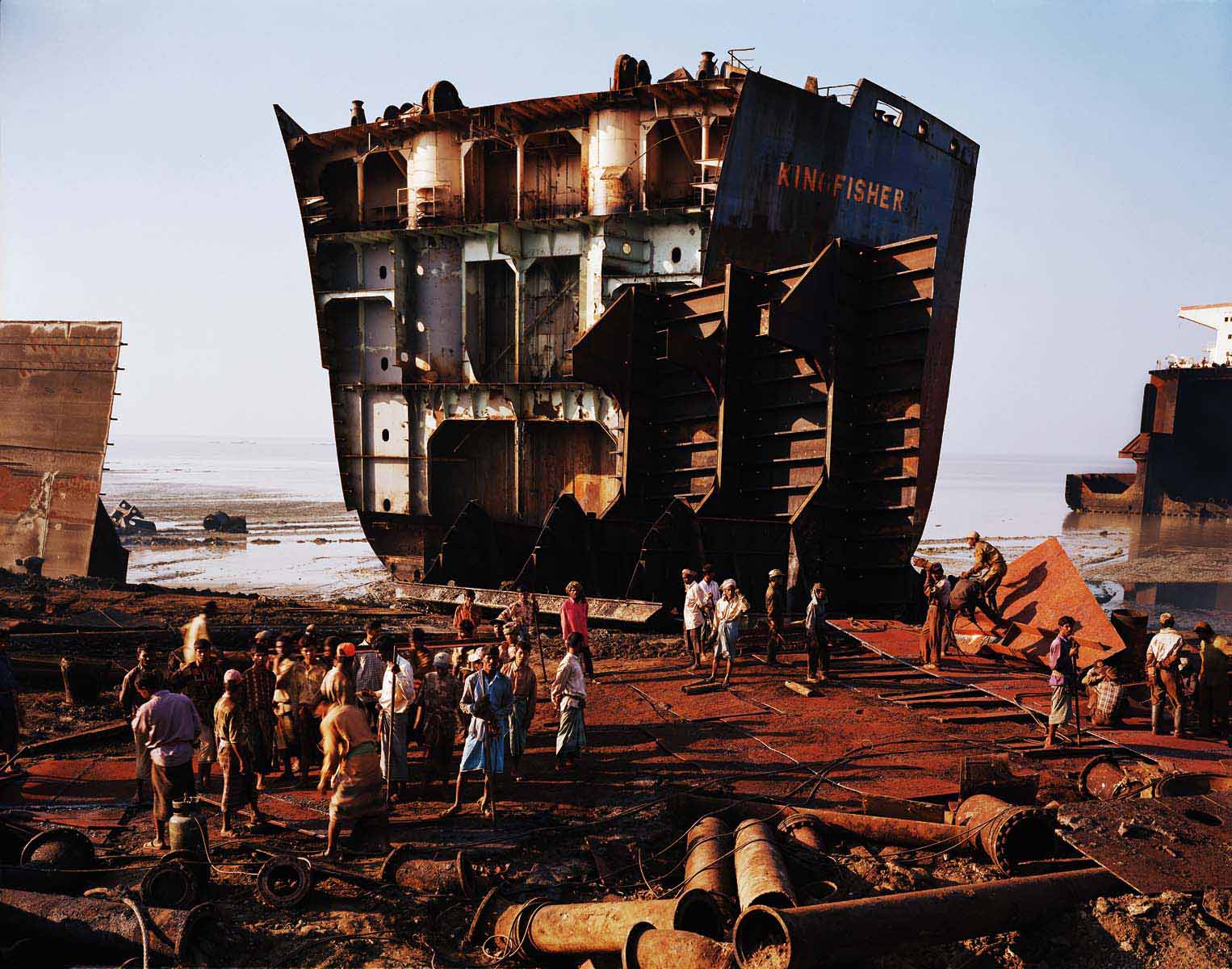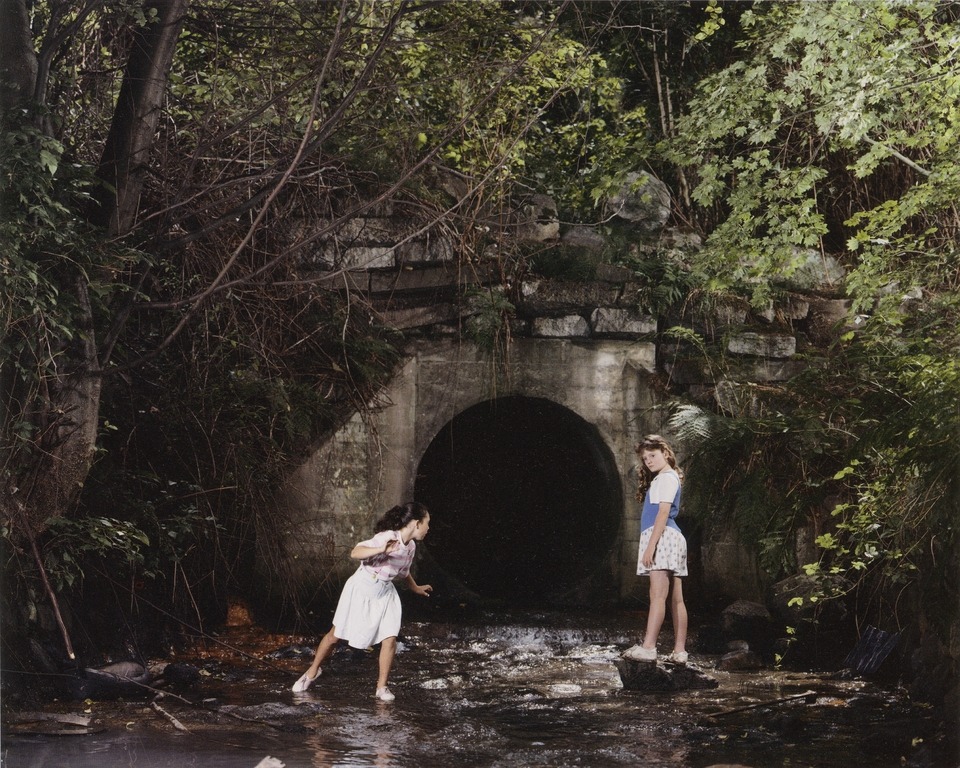I found these today and don't know what to do with them. I can put them here, right? Let's do a class post in reverse!
First, Anita Hairston talks about city design objectively following data- however diverse the source of that data- instead of ideals. A nice call back to earth if you ask me! Anita Hairston is the senior associate for Transportation Policy
at PolicyLink and an adviser for the National Building Museum's
Intelligent Cities initiative.
Second, "Welcome to Tsukiji", a documentary about Tokyo's legendary fish market.
Third, Illustrator James Davies' stuffed felt cats dressed in various costumes. Yep, they're pretty awesome.
So, what do any of these have to do with Tuesday's panel discussion class about "The Center and The Margin In Canadian Art"? Find out as I do! In the style of Sackville's "Baked Ham Community Speaker Series", I'll connect things that are seemingly completely unrelated for the pleasure of creativity and of learning about new things. The desirability of the unknown - and so of the margin - can also be considered when looking at tourism. Does tourism not bank on this human curiosity for the marginal, sometimes for the exotic? Yes, and sometimes to controversial effects. The famous Tsukiji fish market in Tokyo is a good example, where the market was as of late closed to tourists, because there were simply too many for the local merchants to function efficiently! However, curiosity can now be satisfied via the acclaimed documentary "Welcome to Tsukiji" by J. Almena Redondo.
As for illustrator James Davies' felt cats, we can perhaps tie them in by noting that the domain of illustration is itself a marginal one within the Canadian art world. Come to think of it, documentary-making and urban design also fit quite well into the margin of Canadian art. Are they art? Not all the time, and not to everyone. But are they creative? Most certainly. I prefer this idea, that of being a creative rather than an outright artist. This idea of being a creative takes much of the mysticism and supposed glamor away from the act of creating compared to that of the "artist" title. Instead, it is swapped for a professional, diverse way of approaching situations and a flexibility in occupations, professional or otherwise.
Now if only my university diploma read "Bachelor of Fiiiiiine Creativity"... !


















